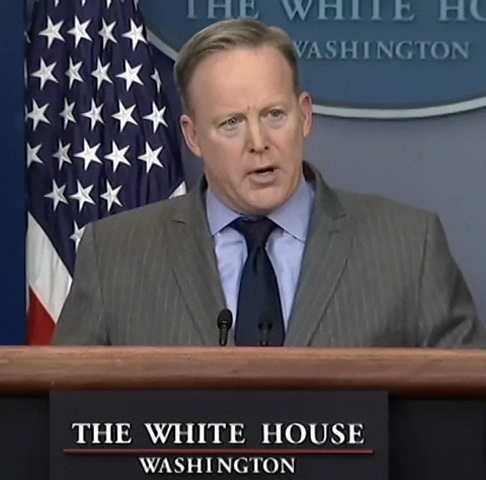
In preparing for a communications training for our client Echoing Green, I searched around for current examples of this basic principal: There are many things that are true that are simply not believable, and vice versa. We urge our clients to always speak the truth, but also to make sure their message is believable. I often cite the example that was confirmed in some research our firm oversaw that showed that despite our assertion that we could end poverty, people believed that this was simply not possible. Their resistance was rooted in personal observations about people’s bad choices as the root of their poverty.
Today, I think we are more likely to see statements that are unbelievable masquerading as truth. These play well with supportive partisans, but are totally rejected by opponents and (the few) people who are undecided. They further undercut the credibility of spokespersons because they confirm they play fast and loose with the truth. A few choice examples:
- Sean Spicer said that all the problems that the White House is having getting out its message are caused by fake news and leaks.
- Donald Trump asserted that they can’t get anything done in the Senate Congress because of the Democrats.
- Ben Carson said that “poverty is a state of mind.”
- Trump argued that canceling the Paris Climate Accord will bring back coal – “clean coal,” at that.

There are countless examples on the news every day. No amount of spin can cover a truly colossal falsehood. Progressive communicators must continue to expose these lies. They should also be careful, though, to frame their own true assertions in ways that are believable.
Our client, Judith Stein of the Center for Medicare Advocacy accomplished this nicely in an article we placed in The Hill about the effort to repeal the Affordable Care Act:
“Simply put, the AHCA is not a healthcare bill. A health care bill would strengthen coverage and delivery programs. The AHCA gratuitously weakens Medicare, decimates Medicaid, and guts insurance for 23 million people. We urge the Senate to reject this charade and develop a real healthcare bill that improves coverage and enhances Medicare, Medicaid and the Affordable Care Act.”
Way to go!